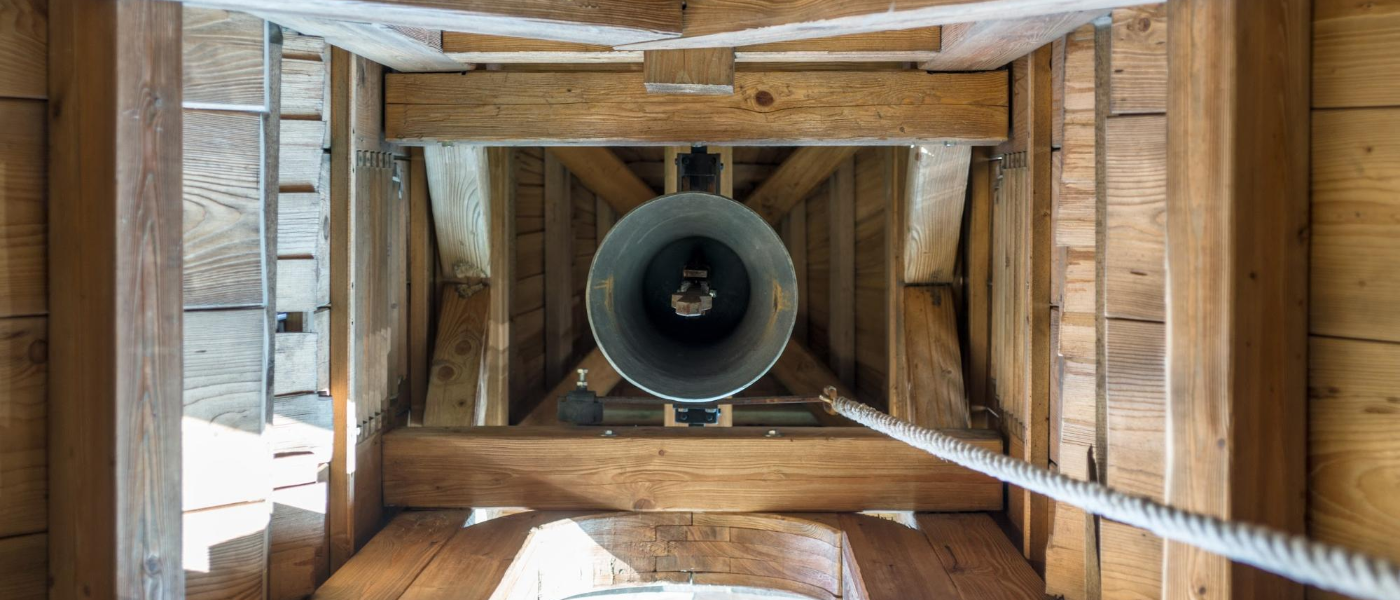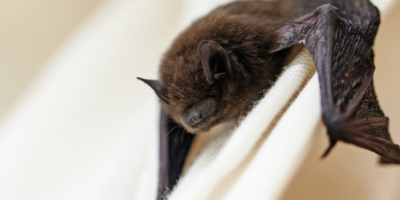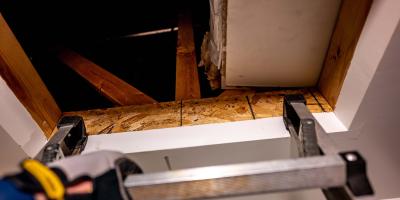Banish Bats from Your Belfry

You’ve heard relatives whisper it a thousand times: “Aunt Karen’s got bats in the belfry!” You know they mean she’s a little kooky, but since when did flying rodents have anything to do with mental health? And what’s a “belfry,” anyway?
To start, a belfry is that part of a church tower that houses the church bells. Bats flying aimlessly around it might run into the bells, causing them to chime at inappropriate intervals. This may lead the townspeople to conclude that whoever is in charge up there might be a little… out of touch with reality.
So “bats in the belfry” is just another way to say “crazy,” or, in the case of Aunt Karen perhaps, maybe just a little “eccentric.” But, there’s a serious concern when it comes to bats in the belfry of a building.
A Timeless Threat
Although belfries aren’t quite as common today as they used to be, and people tell time by the lock screen on their smartphones rather than the ringing of church bells, the expression still has some contemporary relevance. Bats still like to roost in bell towers, clock towers, attics and other dark, elevated parts of homes and buildings -- including churches.
You might think that since nowadays bells are run via electronics, bats in the belfry might not be too much of a problem. After all, there’s no human bell-ringer at risk of being bitten, right?
Unfortunately, bat bites aren’t the only danger the little winged mammals present.
The Danger of Disease
Anywhere animals go, well, they go. Urine and feces can collect in areas where bats are allowed to inhabit unchecked. Bat droppings, or guano, can contain a fungus that causes a disease called histoplasmosis. Although it is treatable, the symptoms can be quite uncomfortable and typically include fever, dry cough, chills, headache, and muscle aches.
Not only does bat waste create a health hazard, this highly acidic chemical composition can wreak havoc on infrastructure by corroding metal and staining surfaces. Also, the moisture that accumulates can encourage algae growth, which can damage marble as well as other pricey materials.
Banishing Bats Best Left to the Pros
Removing and relocating bats is a task best left to the professionals, as it can be dangerous not just to the people involved but to the bats themselves. Also, bats are at risk of becoming endangered, and therefore are protected by federal regulations. In keeping with these regulations and motivated by our own green initiatives, JP Pest Services prioritizes bat conservation with respect to bat control.
Reverence for Roosting Season
Mid-August through late October -- the end of the roosting season -- is the best time of year to relocate bats, as the young have grown large enough to survive on their own and the animals have not yet sheltered for the winter.
An experienced pest removal expert who is familiar with federal, state and local laws will monitor an infested area until all the bats have exited the premises before removing the one-day excluder doors. At that point, they would seal up any openings where the bats would have previously entered, so that when the bats do return, they will find their roost no longer inhabitable and will seek alternative shelter.
This hands-off approach protects both bats and humans and ensures that there will be no disruption to the bats’ ability to procreate and increase their numbers after they’ve vacated your premises.
Bats in your belfry? Not for long! Contact us today to schedule your complimentary wildlife inspection.



